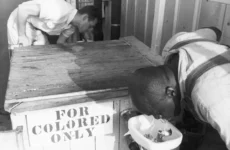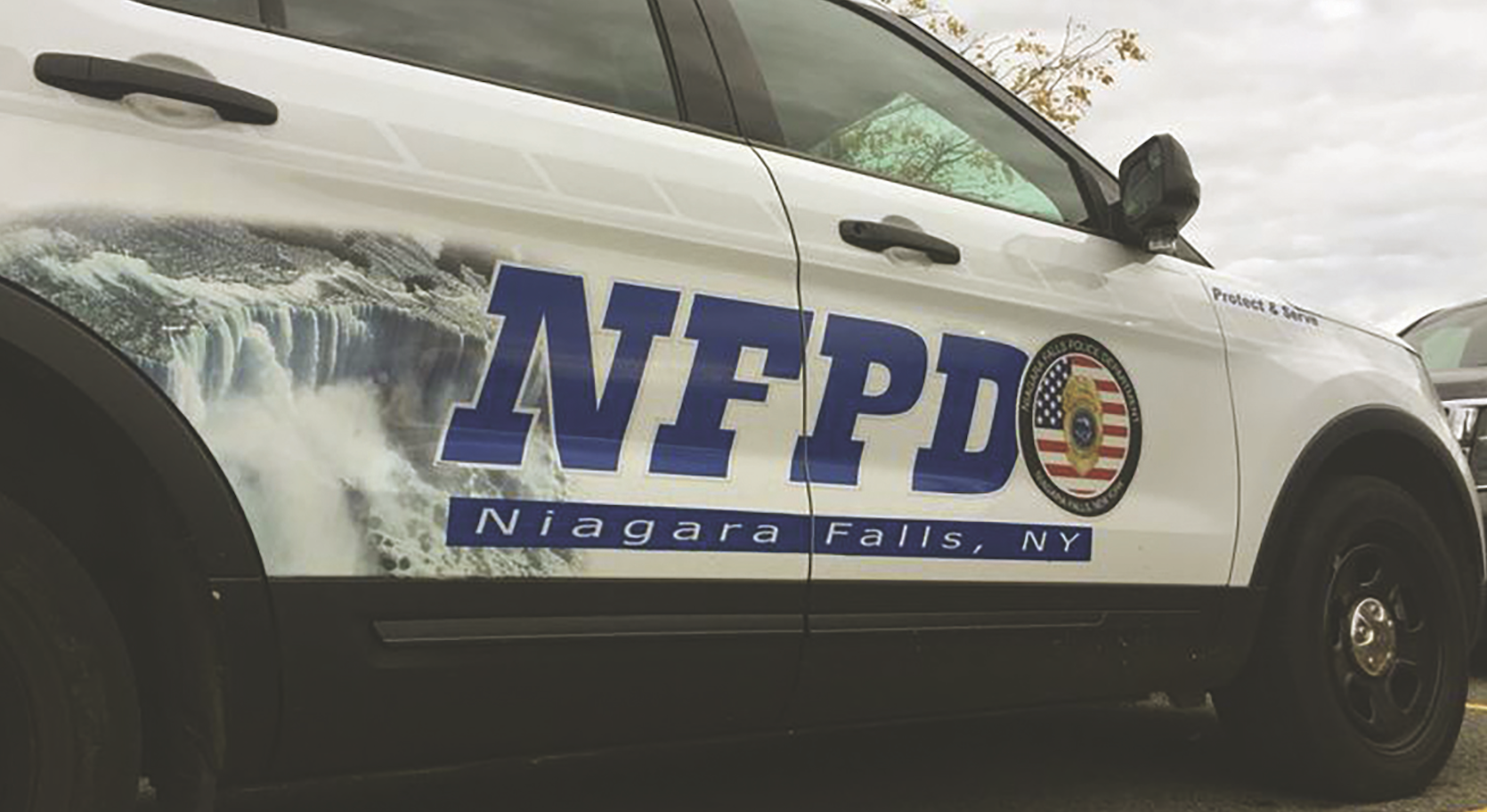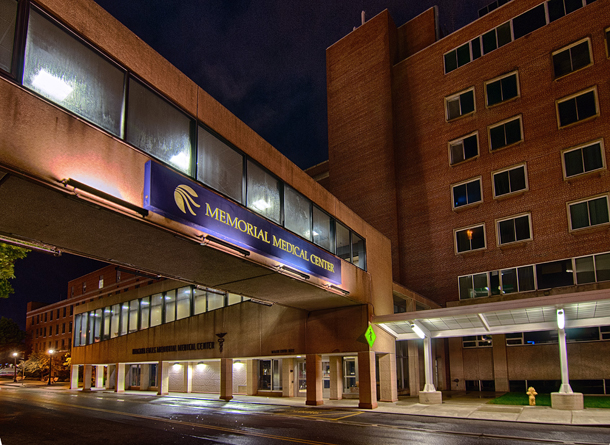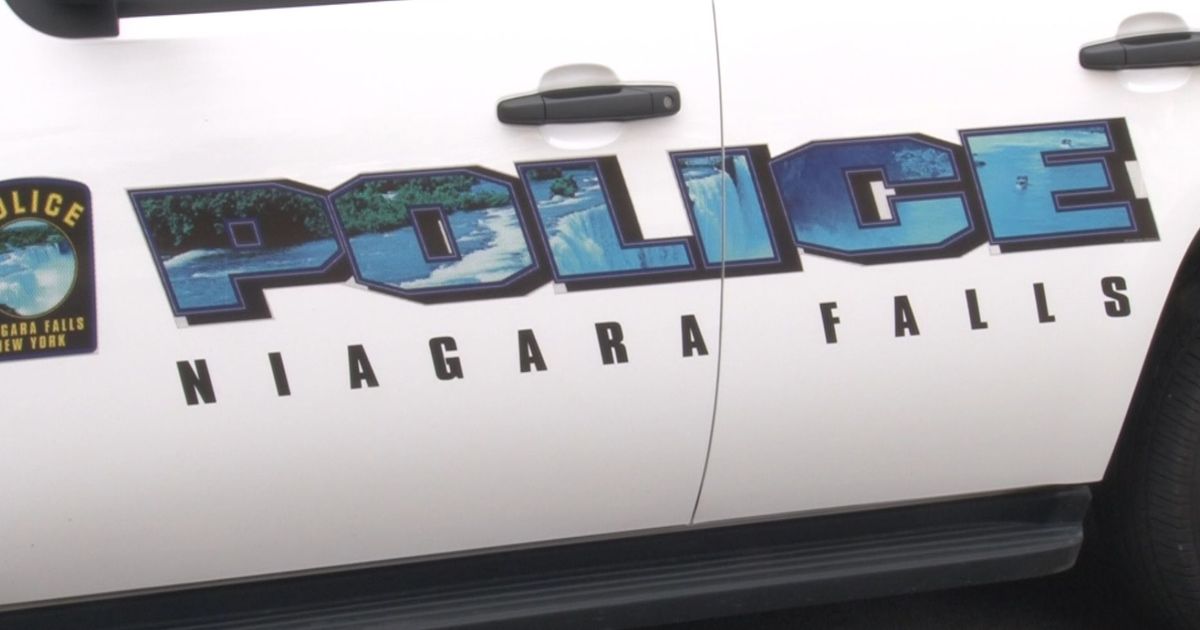Niagara Falls – Assurances by promoters of two proposed methadone clinics here will be beneficial both to recovering heroin addicts and the community as a whole flies in the face of a pair of recent studies that agree that replacing heroin with the even more highly addictive drug methadone benefits no one except the big pharmaceutical companies and clinic operators.
Northpointe Council Inc., a not for profit organization with an operational budget of around $4 million a year, wants to provide more than 200 addicts from Erie and Niagara counties with methadone at the former school district offices at Walnut Avenue and Sixth Street.
And Horizon Health Care Services, one of the nation’s top drug treatment companies, recently paid $360,000 for the former Pine Avenue headquarters of Fichte, Endl & Elmer Eyecare, announcing it would be turned into a methadone clinic as well.
“Methadone manufacturers, distributors and methadone clinics — whether tax supported or private—are part of a world-wide billion-dollar methadone clinic industry. Money talks, and big money talks louder. Public officials, the media and the public have bought the baloney: ‘Since methadone clinics are everywhere, they must be okay,’” a report released in December by Novus, an organization dedicated to curing methadone addiction, states.
“Special-interest lobby groups, slavishly reported on by the media, continue to push the destructive lie that narcotic addictions are too difficult to try to cure, or in fact are impossible to cure. Political representatives, and even many in the medical profession, have bought the lie,” the study states.
And a second study, conducted by Narconon, goes even further.
“Methadone is ostensibly the only effective treatment for heroin addiction,” it states. “Proponents push for more clinics and greater availability of opioid substitution therapy (OST), as well as more long-term treatment. What they fail to mention, however, is that methadone is often more addictive than heroin, leads to a lifetime of ‘treatment’ (i.e., addiction), and often increases drug-related crime.”
The Narconon study reports that, of methadone clients in Australia, 52 percent reported some criminal offending, with the majority being drug-related and property crimes. One fourth of the women on methadone treatment were involved in prostitution.
“A large percentage of methadone patients have already come into contact with the criminal justice system prior to entering treatment,” the report states. “Although many people entering methadone treatment may genuinely be attempting to get better, the nature of drug addiction doesn’t always allow things to end that way.”
Instead of drug detox and drug rehab programs, which actually qualify as treatments, methadone clinics use the heroin-like prescription narcotic painkiller methadone to “treat” addictions to narcotics, switching patients from the original narcotic addiction to another narcotic, methadone, the studies agree.
Methadone was developed in Germany in 1937 because Germany did not have a reliable internal source of opioids. A synthetic combination of morphine and heroin, methadone was used to treat chronic pain. It acted on the same opioid receptors as morphine and heroin, but the cost was far less and the duration much longer.
After the war, the drug company Eli Lilly introduced methadone to the United States, promoting it as a “cure” for heroin addiction.
Lilly promoted the theory that, because an addict only needs one hit of methadone a day, he or she would be freed from the constant need to find numerous hits of other narcotics such as heroin all day long. Although the person is still an addict, they might be able to get back to work or be with their families again.
But the bad news is that methadone is much more difficult to withdraw from than most of the narcotics it claims to be “treating,” the studies agree. And the longer a person takes methadone, the more methadone they need, and the worse withdrawal becomes.
The end result is the well-known “methadone prison” which can last for decades, or until the methadone addict wanting to detox can find a methadone detox facility that accepts high-dose addictions.
Research indicates that methadone clinics are contributing to the alarming rise in methadone-related deaths—a 300 percent increase since 2000, substantially more than the simple increase in methadone prescriptions.
Methadone overdoses killed about 5,000 people in 2015. It is four times as likely to cause an overdose death as oxycodone, and more than twice as likely as morphine.
From 2001 to 2014 there was a 6-fold increase in the total number of heroin deaths which totaled about 11,000 in 2014.
The FDA issued a public advisory about the dangers of methadone in 2006, and later required a so-called “black box” warning on all labels and changed dosing intervals from 4 to 6 hours to 8 to 12 hours. In 2008, the U.S. Drug Enforcement Administration urged methadone makers to limit sales of the most potent form of the drug to hospitals and addiction clinics. And in 2009, the Government Accountability Office issued a report highlighting the mounting deaths from methadone.
The idea of hundreds of drug addicts congregating at a methadone clinic just a short walk from one of the most spectacular tourist attractions in the world may not be an attractive one for Niagara Falls Mayor Paul Dyster, who has yet to comment on the issue.
But then, he is the same Paul Dyster who has welcomed developer driven affordable housing projects which are home to registered sex offenders, criminal parolees and generational welfare recipients – some imported from New York City and elsewhere – who are born live and die in public housing and are subsidized by the taxpayers of Niagara Falls and Niagara County.
The methadone clinics, like the halfway houses and housing projects, have become the new model for “economic development” in this city.
see related story: https://www.niagarafallsreporter.com/1597-2/




















